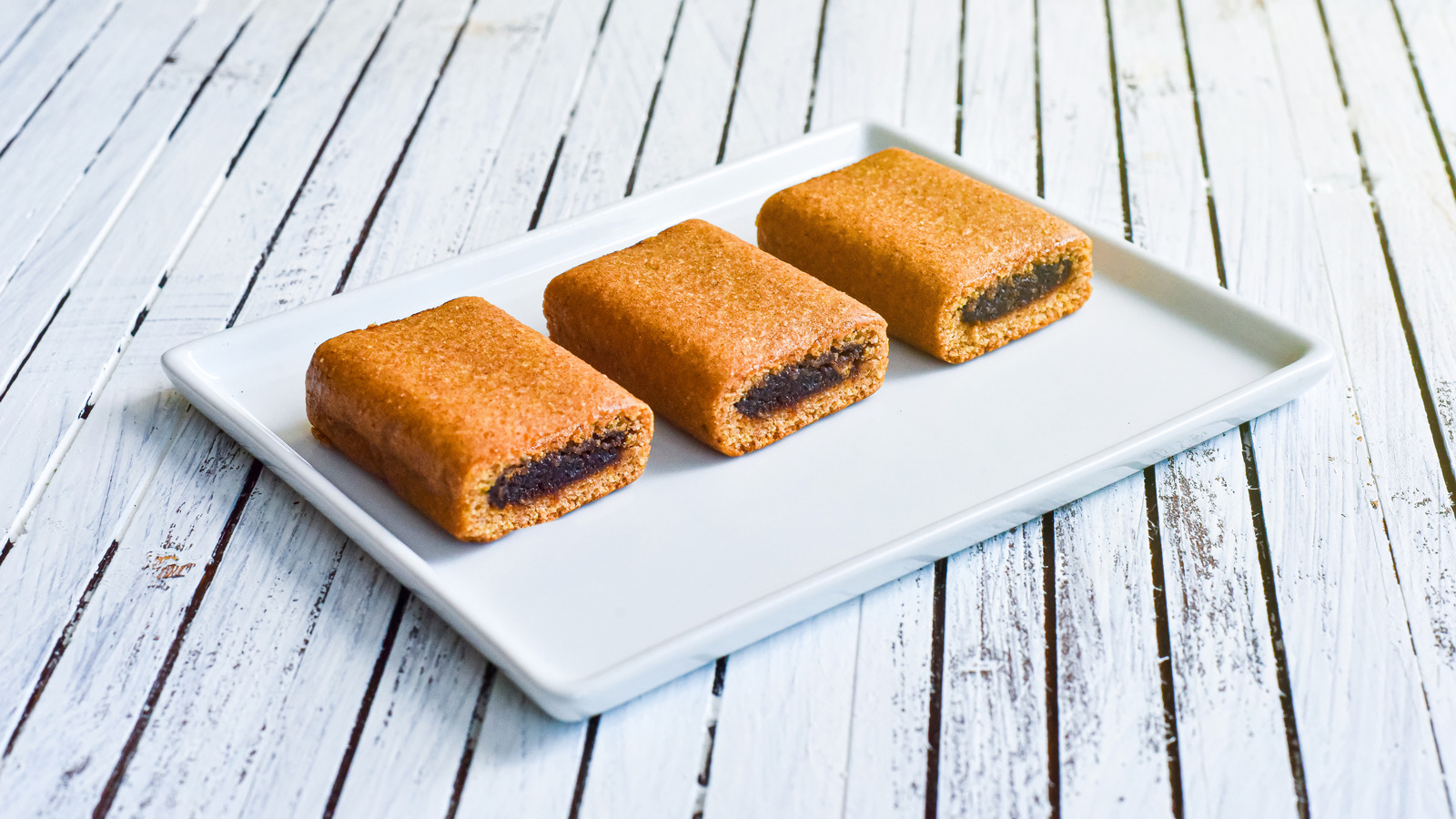
One of the ways that food labels can trick you is by separately listing different forms of the same ingredient. For example, in Newtons, there are three types of sugar — table sugar, corn syrup, and invert sugar –- which fall third, fifth, and sixth on the nutrition label, respectively. This suggests that, in combination, they make up a sizable proportion of the snack. Four Fig Newtons (about 58 grams) contain 24 grams of sugar, more than half of which (16 grams) comes from added sugar rather than figs. In comparison, a 53-gram Snickers bar contains 28 grams of sugar, demonstrating just how sugary Newtons are despite the emphasis on healthy whole grains and real fruit in much of their branding.
The types of sugar are also worth considering. Corn syrup is made by breaking down cornstarch through heat or by combining it with enzymes to convert some of the glucose (a form of sugar) into fructose, a sweeter form of sugar. It is more cost-effective than table sugar, making it an attractive option for manufacturers.
Invert sugar is made through a similar process as corn syrup, but with table sugar as the base ingredient instead of cornstarch. Like corn syrup, the process converts the base ingredient’s sugar into fructose, giving you more bang for your buck since fructose is sweeter.
